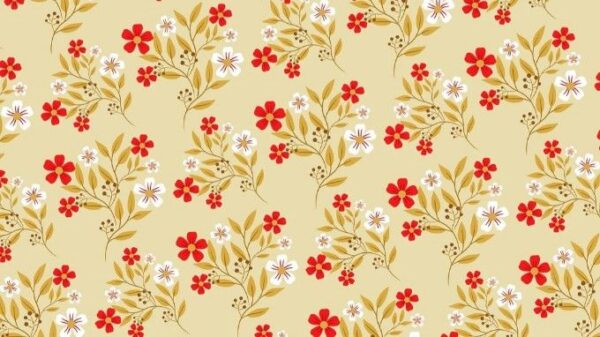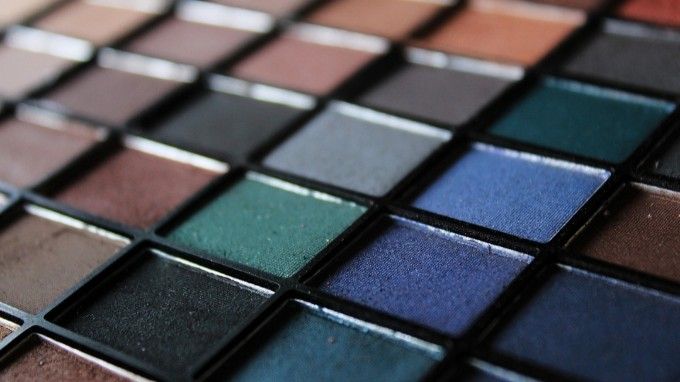Rajasthan is the state of royalty. It is full of brightness because of its traditional textile traditions. Block printing is extremely attractive due to the intricacy within it, its symbolism of culture and the painstaking manual process that is required to complete it. It is so rich in tradition that it began more than five hundred years back with Bagru, Sanganer and Barmer being renowned centers of this craftsmanship. Machine-made fabrics with repeated patterns still lack the charm of a block printed fabric which is like a labor of love. This article will help in buying genuine block printed fabrics from Rajasthan.
Step One: Understand the Beginning

In order to recognize authentic block printing, you must understand the origin of it. For example, in Sanganer, the block printing often showcases floral patterns and geometric patterns which are printed either on pure white or cream colored cotton. In Bagru, the block printing is done in bold colors using vegetable dyes like indigo, jet black and earthy colors. Red and black mixtures are found in Barmer. Meanwhile, a resist-dye technique or dabu printing is seen in Akola. Therefore, recognizing the origin becomes extremely necessary.
Step Two: Look at the Material with Care
Original block printing was always done on cotton or silk or linen or a mixture of these three materials. These fabrics are very comfortable and breathable for the customers. Moreover, they can easily absorb natural dyes. If you buying these fabrics in person, try to feel it. It should not be very glossy as fake block prints often have synthetic fabrics that are very shiny or smooth. The material should a little bit of texture and should be soft. Synthetic material will have a chemical odor because of the synthetic dyes used.
Step Three: Recognize the Hidden Signs
As mentioned, no two handmade pieces can look entirely the same. If you find slight imperfection like a little bit of misalignment in the patterns or irregular color distribution or small smudges with little overlaps where the block was pressed. These irregularities prove that it was done by a human hand. On the other hand, machine made fabrics are too perfect to be considered original. You can also turn the fabric over. In genuine block prints, the dye always seeps through which leaves a slight reflection on the other side. In machine made block prints, you will see a completely clear white reverse side. In authentic block prints, you will see slight changes in the spacing, pressure and color tones because the artisan generally does each stamp by hand.
Step Four: Recognize the Distinct Odor
Since traditional block prints only use natural dyes, they smell of the earth. The blue color is derived from indigo, the black color is taken from iron acetate, the yellow color is taken from the rind of a pomegranate. Red is taken from madder root. Meanwhile, synthetic dyes have a chemical smell like one of petroleum. They were not created using natural dyes. Vegetable dyes will always give a fresh and warm smell, specifically if it is newly made.
Step Five: Ask the Right Questions

You should look for certificates of authenticity. Also, if the owner looks underconfident or gives answers that are not concrete, it is not an authentic piece. If it was made authentically, there is a fair chance that the shop owner would know about the artisans or the process.
In conclusion, being able to identify a genuine block print will not only give you a fabric with better quality but will also support artisans who are attempting to create a livelihood for themselves.
Author
Shreeja Mukherjee


